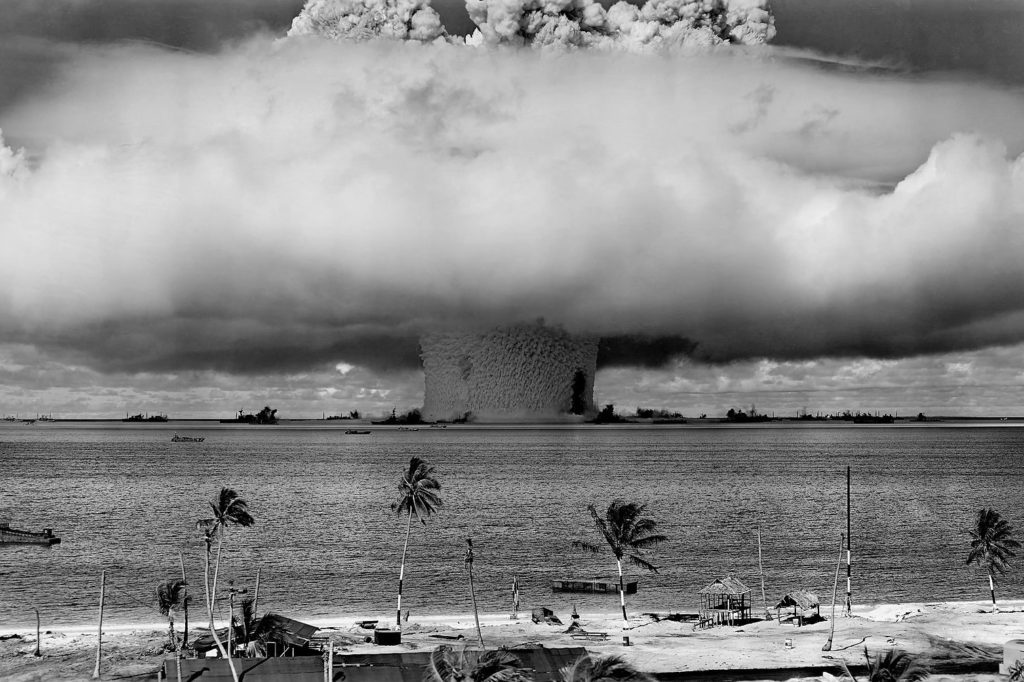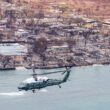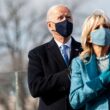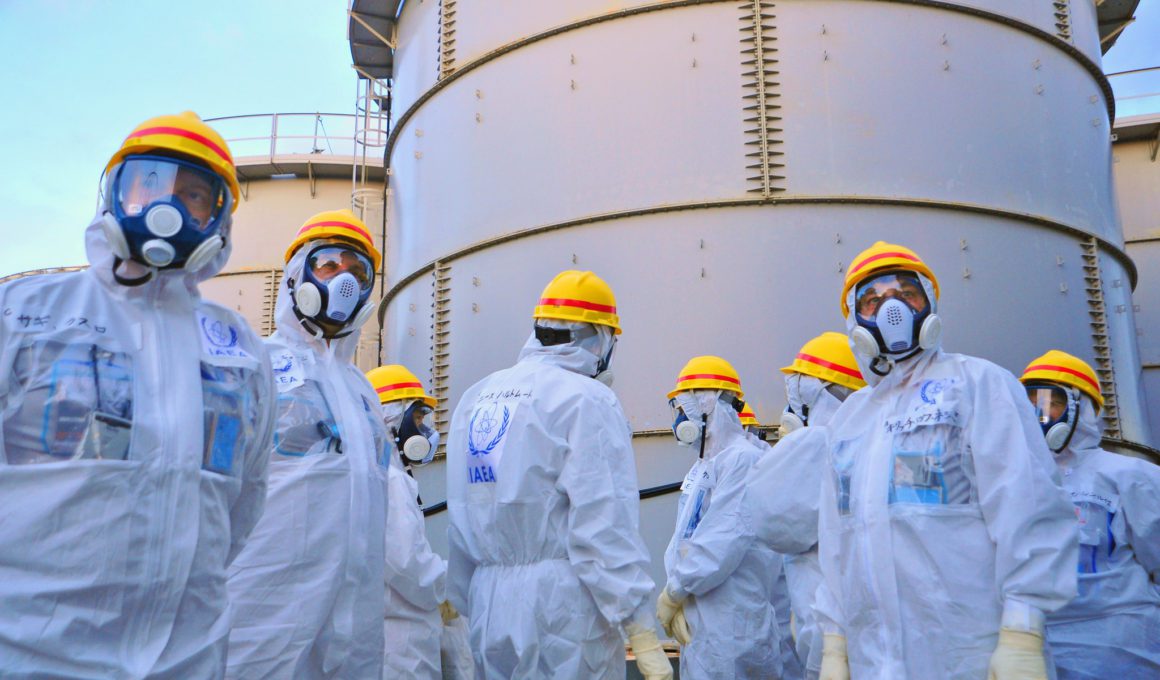Sign up here to receive The Yappie‘s weekly briefing on Asian American + Pacific Islander politics and support our work by making a donation.
After the Japanese government revealed plans in April to discharge potentially radioactive Fukushima nuclear wastewater into the ocean, Pacific Islanders and United Nations special rapporteurs have hit back, warning that the action would impact millions across the Pacific region.
Reactors at the Fukushima nuclear station melted down in the days following a tsunami in March 2011. The natural disaster triggered one of the worst nuclear accidents since Chernobyl, according to Reuters.
The Japanese government has since worked to decommission the plant and plans to start releasing 1.25 million tons of treated seawater into the Pacific Ocean in two years.
The International Atomic Energy Agency (IAEA) backed the move and plans to work with Japan to safely discharge the water, which will have been filtered of most radioactive material, but the decision has been roundly criticized by Pacific Islanders, fishing groups, and environmental activists.
The secretary general of the Pacific Islands Forum, an intergovernmental organization that aims to enhance cooperation between countries and territories of the Pacific Ocean, said in a statement that leaders have expressed strong concern about nuclear legacies for decades, especially the “potential threat of nuclear contamination to the health and security of the Blue Pacific, her people, and prospects.”
In years past, leaders have “acknowledged the importance of addressing the long-standing issues of nuclear testing legacy in the Pacific, and called for the operationalization of the provisions of the Treaty of Rarotonga,” Secretary General Dame Meg Taylor said. The treaty bans the use and testing of nuclear weapons in the South Pacific.
“We are of the view that steps have not been sufficiently taken to address the potential harm to our Blue Pacific Continent, including possible environmental, health, and economic impacts,” Taylor added. “Our fisheries and oceans resources are critical to our Pacific livelihoods and must be protected.”
The Republic of the Marshall Islands (RMI), one of the island nations hit hardest by nuclear waste, issued its own statement this week. “As a large ocean nation, the Marshall Islands is dependent on a healthy ocean to support its livelihoods,” the statement read. “Our entire nation consists of low-lying coastal communities whose primary food source comes from the surrounding marine life.”
The wastewater would heighten existing threats from the Runit dome in Enewetak Atoll and rising sea levels due to climate change, according to the RMI government. The Runit dome, dubbed “the tomb,” is a concrete dome full of radioactive debris, a relic of the dozens of U.S. atomic bomb tests carried out during the Cold War.
The state of play
Though Japan has said the seawater will be stripped of radioactive isotopes including strontium and cesium, tritium will remain even after filtering. Tritium is considered hazardous to health only in large amounts, according to the Health Physics Society, but the Tokyo-based nongovernmental organization Friends of the Earth Japan says the water contains unknown quantities of radioactive contaminants besides tritium, per NPR.
In February, black rockfish shipments paused after one sample caught near Fukushima was found to contain far more cesium than the acceptable norm.
Three UN special rapporteurs—experts who are appointed by the UN Human Rights Council to oversee specific human rights issues—said they were “deeply disappointed” by the Japanese government’s decision.
“The release of one million tons of contaminated water into the marine environment imposes considerable risks to the full enjoyment of human rights of concerned populations in and beyond the borders of Japan,” they wrote in a joint statement.
China and South Korea oppose the decision. U.S. State Department spokesperson Ned Price, however, said that Japan “appears to have adopted an approach in accordance with globally accepted nuclear safety standards.”


A history of nuclear waste
Countries have exploited the Pacific Islands as a site for nuclear waste for decades, and the U.S. is one of the worst offenders.
Between 1946 and 1958, the U.S. detonated 67 nuclear weapons “on, in, and above” the Marshall Islands. More than 40 nuclear weapons tests took place on or near the Enewetak Atoll, including a bomb test on Runit Island. The Defense Nuclear Agency later used the crater from that blast to store nuclear waste.
The Runit dome now holds more than 3.1 million cubic feet of U.S.-produced radioactive debris—the equivalent of 35 Olympic-size swimming pools—that includes lethal amounts of plutonium.
“Nowhere else has the United States saddled another country with so much of its nuclear waste,” Susanne Rust writes for the Los Angeles Times.
Ocean currents transported the contamination to Guam and other islands, where it increased radioactivity in the marine food chain to 100 times that of existing levels.
The U.S. government wrote in a 1981 report that the island should be quarantined indefinitely and that the “possibility would always exist that high levels of plutonium-contaminated subsurface soil could be exposed by wave or storm action.”
All in all, the U.S. dumped 100,000 curies—units of radioactivity—of low-level nuclear waste in Pacific Ocean sites between 1946 and 1970.
France also exposed local populations and site workers in French Polynesia to radiation through 193 nuclear tests spanning 30 years, while Japan generated controversy in 2011 for dumping 11,500 tons of radioactive water into the Pacific Ocean.
“We need to remind Japan and other nuclear states of our Nuclear Free and Independent Pacific movement slogan: if it is safe, dump it in Tokyo, test it in Paris, and store it in Washington, but keep our Pacific nuclear-free,” Motarilavoa Hilda Lini, Vanuatu stateswoman and veteran activist of the Nuclear Free and Independent Pacific movement, told The Guardian after Japan’s announcement. “We are people of the ocean, we must stand up and protect it.”









